Everything but the squeal
November 15, 2005
Sometimes in a recipe, you want to instruct the cook to go outside her normal boundaries of food preparation. I used the term ‘everything but the squeal’ to describe the use of every single living part of a beet and a radish in an entry titled Yurt and Garden and in an entry on Indian Leafenware earlier this year.
“Everything but the squeal” is a quote attributed to the meat-packing industry and it was first signalled in Upton Sinclair’s 1906 novel, the Jungle which described the vile and unhygenic working conditions under which meat was reaching American consumers 100 years ago. If we can believe PETA (People for the Ethical Treatment of Animals), and Eric Schlosser’s Fast Food Nation (and I do), not a whole heq of a lot has changed. I do not recommend visiting this site if you plan on eating any part of any animal, wearing fur, leather and even wool, or even drinking the fruits of an animal’s existence, any time soon. The PETA organisation is all about the squeal, and I have to say, the practices that they document are abhorrent.
But one needn’t result to scare tactics to make me reduce my intake of animal protein and feel guilty for wearing a fur hat during winters up here in the polar circle. Mark Kurlansky’s Cod doesn’t mention once the issue of animal suffering. In Cod, it’s all about extinction dot dot dot.
Like all things worth doing, leading a morally coherent lifestyle is full of dealing with complex and nuanced issues.
Here is the PETA mission statement taken from their website. It sounds reasonable enough: PETA believes that animals have rights and deserve to have their best interests taken into consideration, regardless of whether they are useful to humans. Like you, they are capable of suffering and have an interest in leading their own lives; therefore, they are not ours to useâfor food, clothing, entertainment, experimentation, or any other reason.
From the PETA website FAQ:
âWhat is the difference between âanimal rightsâ and âanimal welfareâ?â
Animal welfare theories accept that animals have interests but allow those interests to be traded away as long as the human benefits are thought to justify the sacrifice, while animal rights theories say that animals, like humans, have interests that cannot be sacrificed or traded away to benefit others. However, the animal rights movement does not hold that rights are absoluteâan animalâs rights, just like those of humans, must be limited and can certainly conflict.
Supporters of the animal rights movement believe that animals are not ours to use for food, clothing, entertainment, or experimentation, while supporters of the animal welfare movement believe that animals can be used for those purposes as long as âhumaneâ guidelines are followed.
debra at 10:41 | | post to del.icio.us



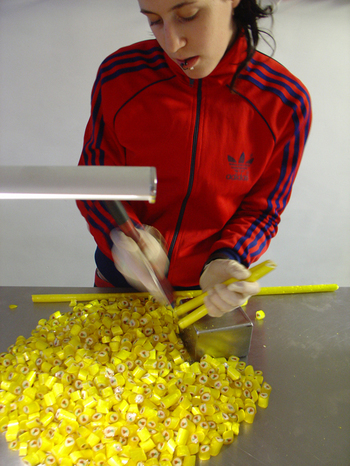
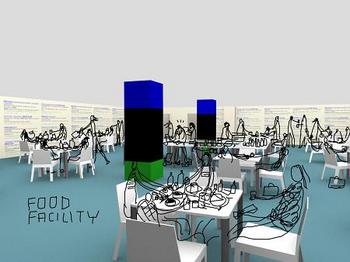
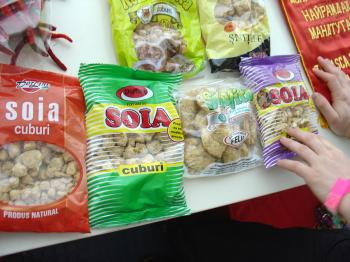
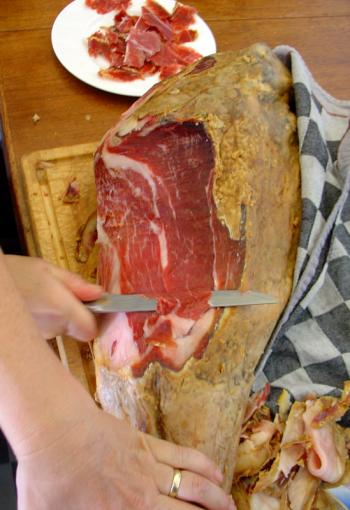

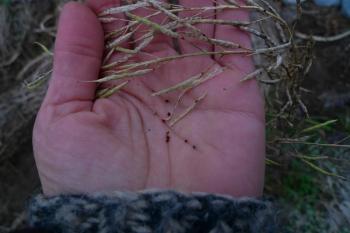










Guess I belong to the animal welfare group…
Not reading everything, I find it interesting that they specifically mention the word unnecessarily: “We are, therefore, obliged to take that interest into consideration and to respect the dogâs right not to have pain unnecessarily inflicted upon him or her.” In their example of animal rights for dogs. It seems to me that Animal welfarists try to exactly answer the question of what is unnecessarily and what is necessarily.
But a nuanced picture it is indeed, not many people discuss the indirect damage done to animal populations. What about the collateral damage being done to animal populations while harvesting crops with machines? Or our mere existence disrupting animal live across the globe? What about animal rights between animals? (I know for example that Orca’s tend to play with their prey for quite some time before eating, this really doesn’t seem all that necessary to me).
R
Comment by remco — November 16, 2005 @ 12:18
Funny that you mention another intelligent (is an orca a) mammal in your example. Cruelty absolutely exists in all animals. Whether or not this is a good ‘policy’ is very complicated. For an animal it might be in that it shows ‘might’. For a human, living in one specific society where that sort of behaviour is considered negatively, it isn’t. When I asked my collegaues in PRChina (limited, non-scientific research) about the treatment of animals (with regard to food preparation) they replied unanimously that the human domain is above the animal domain and therefore it is permitted to express this hierarchical difference in food preparation. I would not like to make a generalising statement based on this small example.
It could be that the extremity of PETA (and other animal RIGHTS organisations) standpoint is necessary for the ‘blend’ that ultimatey becomes general opinion and government policy. I would have to know about information and meme flows to understand how that ‘tempering’ factor would work, or if it exists at all. (But intuitively I think it does.) If the most vocal extreme (on one side) were LESS extreme, could it be that the middle would shift more towards the OTHER side?
Comment by debra — November 16, 2005 @ 13:27